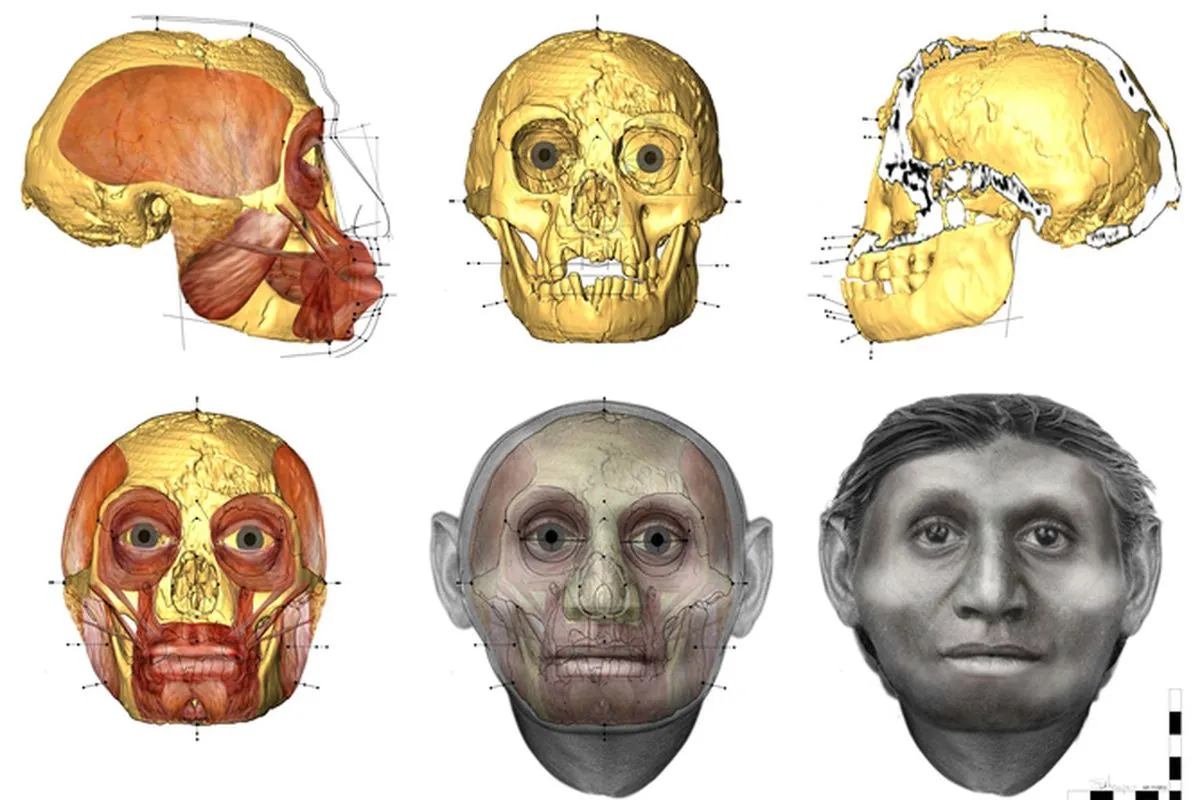Researchers have made a significant discovery on Indonesia's Flores island, unearthing a 700,000-year-old humerus fragment that sheds light on the origins of Homo floresiensis, commonly known as the "Hobbit" species. The fossil, found at the Mata Menge site in the So'a Basin, provides compelling evidence that Homo floresiensis descended from Homo erectus through a process of island dwarfism.
The incomplete humerus, measuring approximately 88 mm, is the smallest limb bone ever found within the human evolutionary lineage. Initially misidentified as a crocodile bone fragment, the fossil's true significance was later recognized. Along with two teeth, these remains represent the earliest known evidence of Homo floresiensis.
Yousuke Kaifu, a paleoanthropology professor at the University of Tokyo and lead author of the study, stated:
The researchers estimate that the individual stood about one meter tall, slightly shorter than the famous 60,000-year-old Homo floresiensis specimen discovered in 2003 at the Liang Bua cave site.
Adam Brumm, an archaeology professor at Griffith University, explained that the discovery supports the theory of island dwarfism affecting a group of Homo erectus that reached Flores approximately one million years ago. This evolutionary process, driven by limited resources on isolated islands, led to a significant reduction in body size over generations.
The Mata Menge site has yielded fossils from at least four Homo floresiensis individuals, including two adults and two children. Stone tools were also found alongside the remains, providing insights into their technological capabilities.
Interestingly, the extinction of Homo floresiensis coincides with the arrival of our species, Homo sapiens, in the region. Brumm suggests that our ancestors may have played a role in the demise of this unique hominin lineage.
This discovery not only resolves the debate surrounding the origins of Homo floresiensis but also highlights the importance of Indonesia's islands in understanding human evolution. As researchers continue to explore these ancient sites, more secrets of our evolutionary past may yet be revealed.
